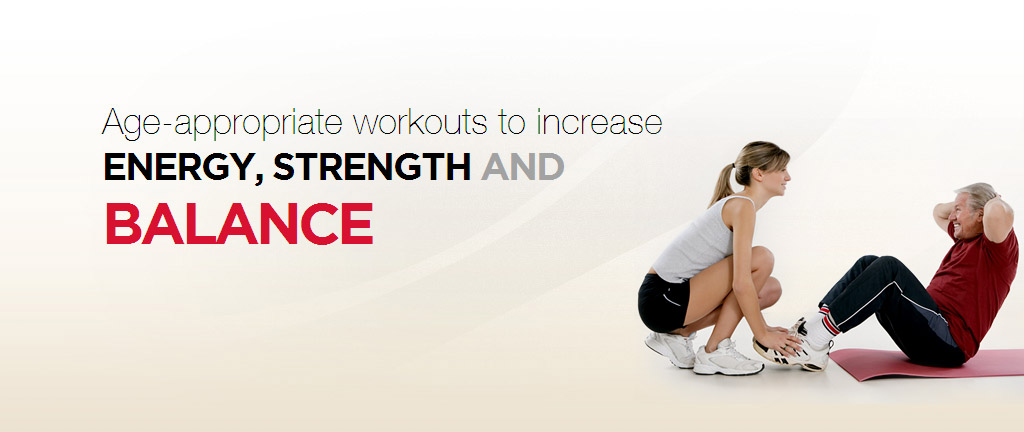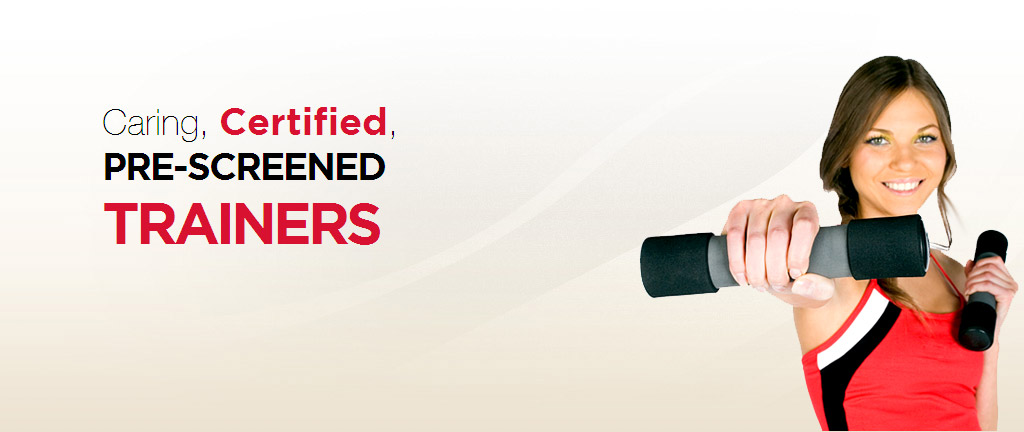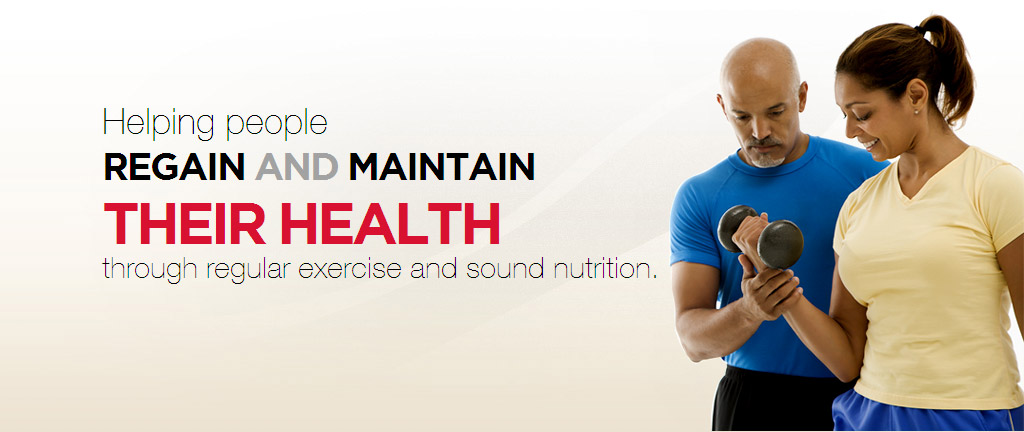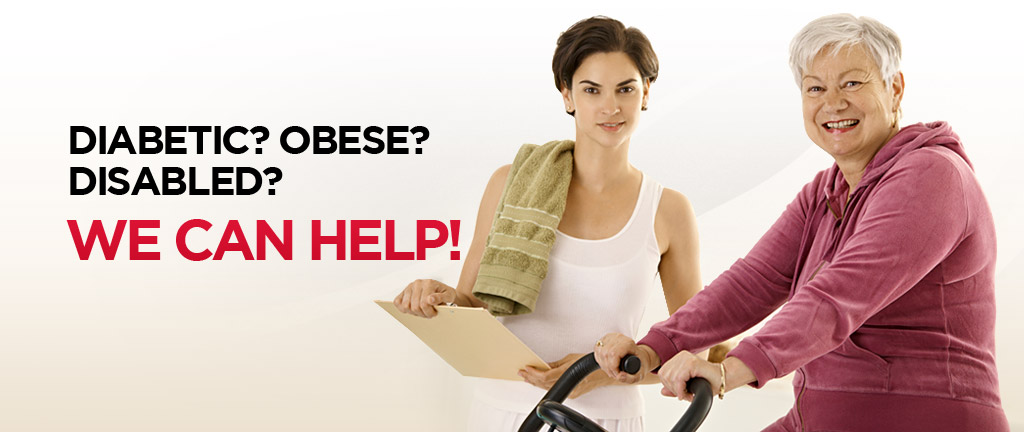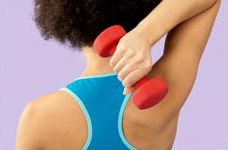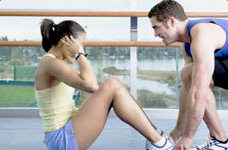
Exercise: Your Best Defense Against Winter Depression
Fall represents the start of football season, hayrides and warm apple cider. But for millions of Americans, the shorter days of fall and winter lead to feelings of sadness and even depression, a condition known as Seasonal Affective Disorder (SAD). The good news is that for many people, exercise can be an effective defense against SAD.
According to an article published in American Family Physician, about 4 to 6 percent of people may have winter depression. Another 10 to 20 percent may have mild SAD.
While there is still some degree of mystery around this condition, many researchers agree that people who suffer from Seasonal Affective Disorder are particularly sensitive to light, or the lack of it. Light therapy has long been thought to provide some degree of relief. But an increasing body of evidence suggests that exercise is one of the best defenses against seasonal depression.
How Exercise Impacts the Brain
According to research done by the Cleveland Clinic, regular exercise is a powerful way to fight seasonal depression, especially if you’re able to exercise outside in natural daylight. It can boost serotonin, endorphins, and other feel-good chemicals in the brain which can make problems seem more manageable.
According to Psychology Today, the simple act of focusing on exercise can give us a break from current concerns and damaging self-talk. In fact, evidence suggests that exercise is not only necessary for the maintenance of good mental health, but it can be used to treat even chronic mental illness. For example, it is now clear that exercise reduces the likelihood of depression and also maintains mental health as we age. Exercising with a friend or a personal trainer is preferable to exercising alone for someone with SAD. The social interaction is therapeutic.
What Types of Exercise Are Best?
Experts say that three or more sessions per week of aerobic exercise or resistance training, for 45 to 60 minutes per session, can help treat even chronic depression.
While any form of exercise can help, some exercises are better suited to treating SAD. Any low-impact aerobic activities, including walking and dancing, are recommended. Other activities include:
- gentle stretching
- yoga
- tai chi
- swimming
- running
- strength training
Emotional Barriers to Getting Started
Now that we know how to reduce symptoms associated with SAD the challenge is finding the motivation to get started. People with SAD are less likely to have the drive to exercise. The best way to address this is having an accountability partner. Try joining a walking group that meets regularly with members that will help keep you motivated. Consider working with a personal trainer who will arrive on specific days and times. These certified fitness professionals not only understand the mechanics of exercise but the psychology as well and can help you power through and stay in track.
If you are concerned that you or a loved one may be experiencing severe clinical depression please seek medical attention immediately by reaching out to your primary care physician.


